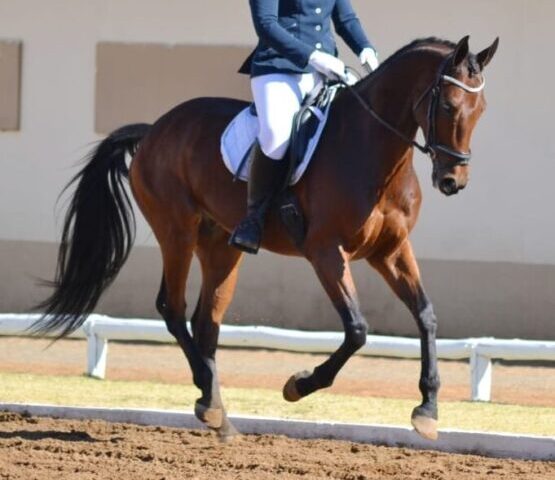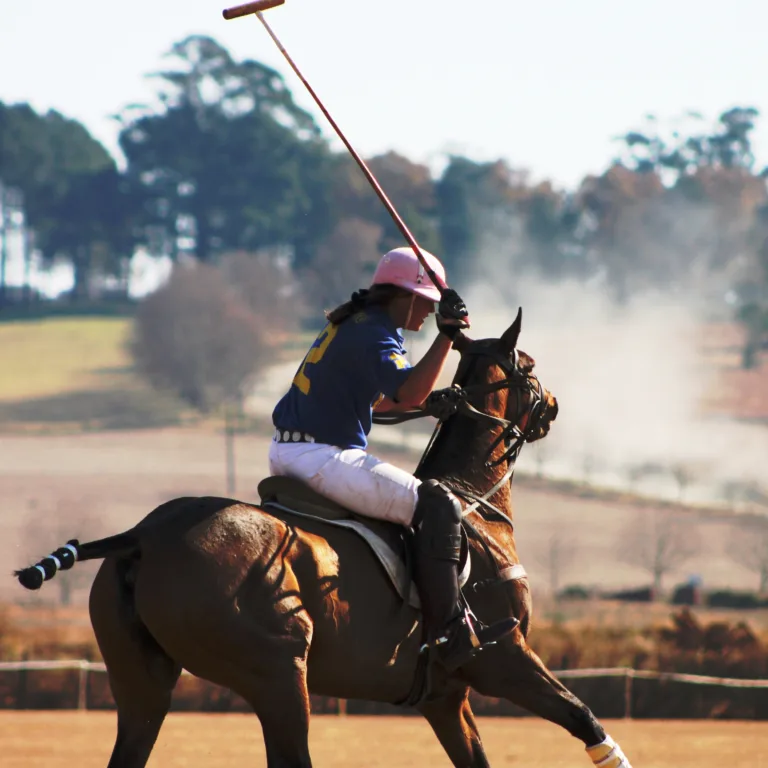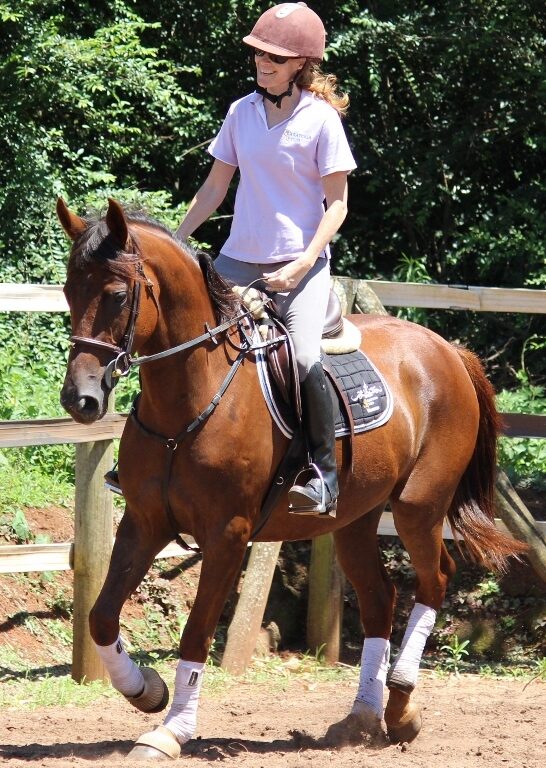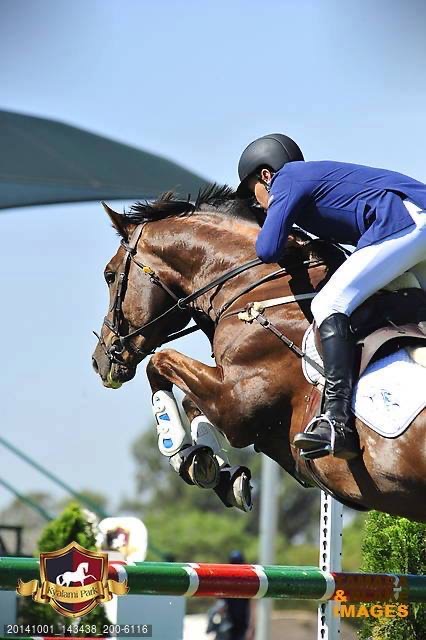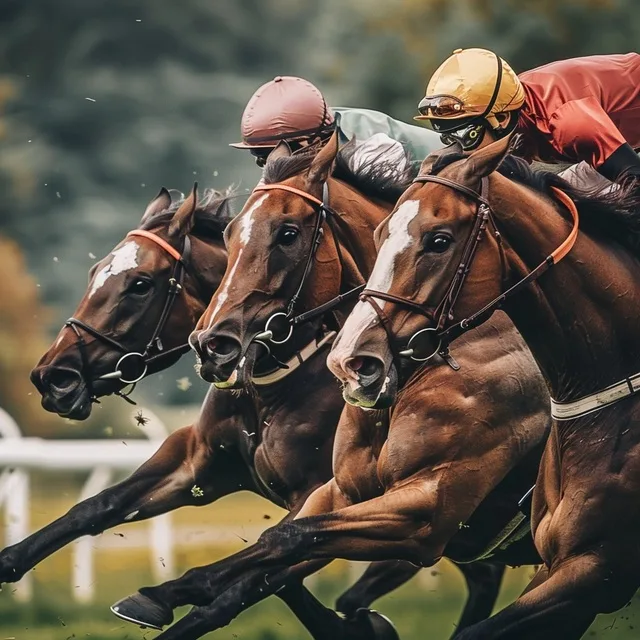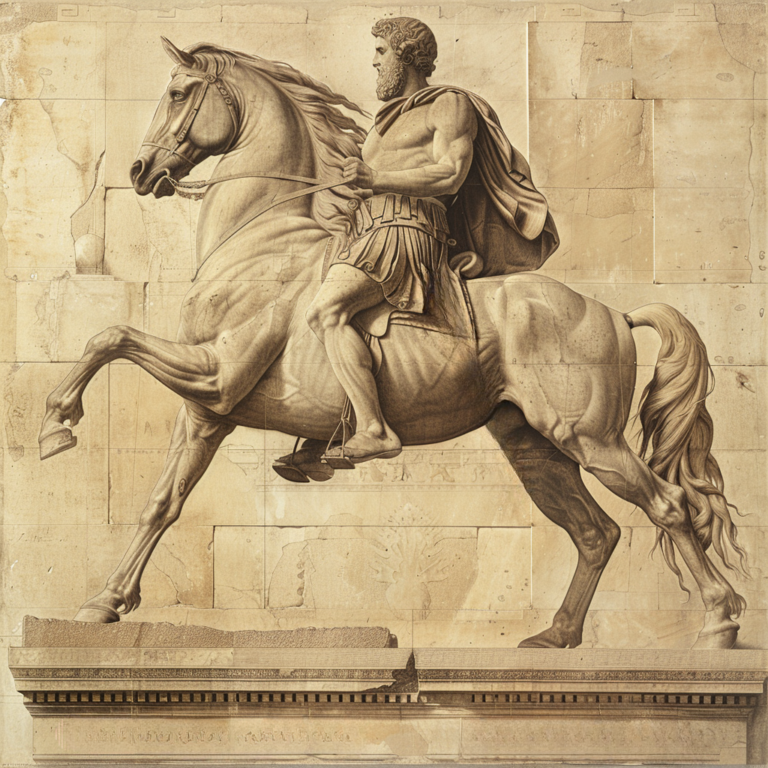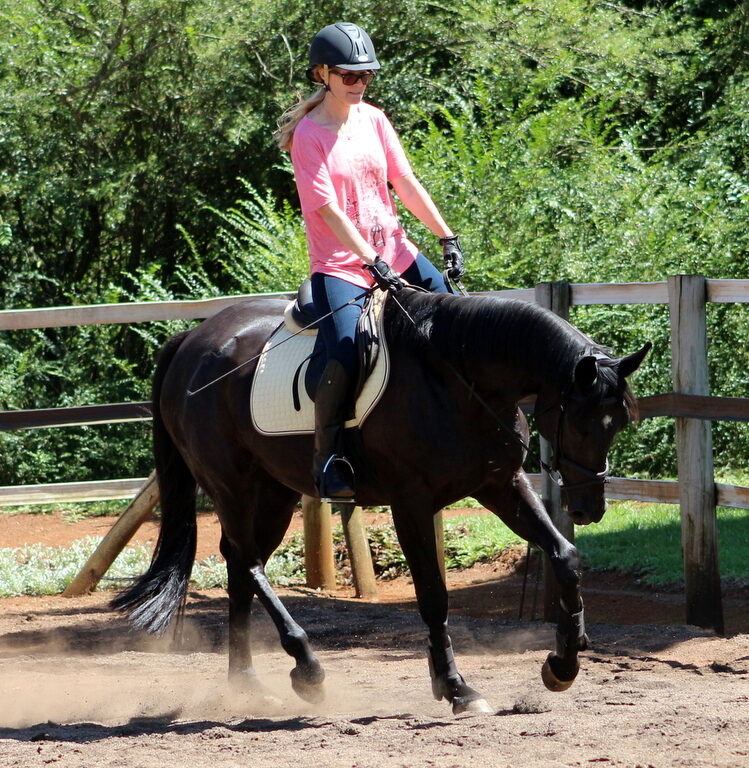Mastering Your Dressage Test: Tips and Tricks for a Winning Ride
Mastering your dressage test is crucial for success in dressage competitions. A dressage test is a series of movements that are judged based on accuracy, precision, and overall performance. Riders and horses must work together to execute each movement with grace, fluidity, and harmony.
In this blog post, we will discuss tips and tricks to help you master your dressage test and achieve a winning ride. We will cover the importance of preparation, accuracy, correct position, and aids, communication with your horse, and mindfulness and relaxation.
By implementing these tips and tricks, you will be able to improve your overall performance in dressage tests and increase your chances of success. So, let’s dive in and explore the strategies for mastering your dressage test!
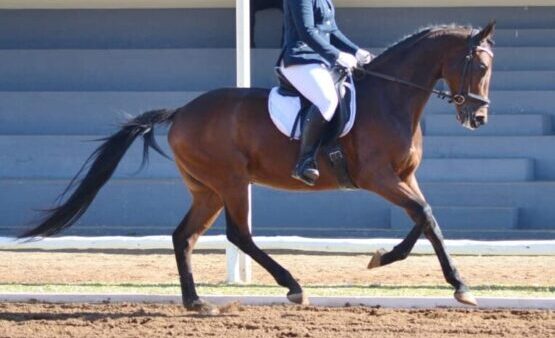
Prepare Ahead of Time
Preparation is essential for success in dressage, and it is crucial to begin preparing for your dressage test well in advance.
Here are some tips for preparing ahead of time:
Creating a Training Plan
Developing a training plan is an essential step in preparing for your dressage test. Your plan should include a schedule of regular training sessions, along with specific goals and objectives for each session. Your plan should also include regular rest days to prevent fatigue and overtraining.
Practicing Individual Movements
To perform well in a dressage test, you must be able to execute each movement with precision and accuracy. Therefore, it’s essential to practice each movement individually to ensure that you and your horse can perform them perfectly. Practice each movement repeatedly until it becomes second nature, then gradually increase the difficulty level of the movements.
Visualizing Success
Visualization is a powerful tool that can help you prepare mentally for your dressage test. Before your test, take some time to visualize yourself and your horse performing each movement with precision, grace, and harmony. Visualizing success can help you build confidence, reduce anxiety, and improve your overall performance.
By preparing ahead of time with a well-thought-out training plan, practicing individual movements, and visualizing success, you can increase your chances of performing well in your dressage test. Remember to take your time, be patient with yourself and your horse, and focus on the process of improving, rather than just the end result.
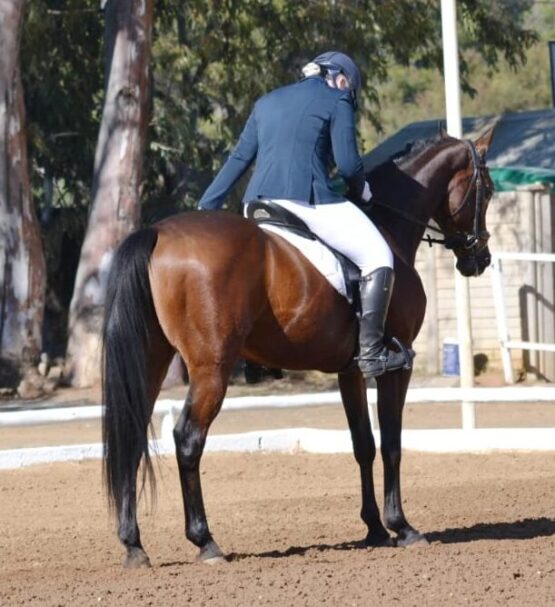
Focus on Accuracy
In dressage tests, accuracy is essential. Judges evaluate each movement based on precision, harmony, and balance. Therefore, it’s crucial to focus on accuracy to achieve a winning ride. Here are some tips for improving accuracy:
Learning the Test Inside and Out: One of the keys to performing a dressage test accurately is knowing the test inside and out. Memorize the test and study each movement, so you know precisely when and where to execute them. Knowing the test well can help you plan ahead and execute each movement with precision.
Practicing Transitions: Transitions are crucial to dressage tests, and practicing them can help you improve your accuracy. Make sure that your horse responds quickly and smoothly to your aids, and practice transitions between each movement. This can help you and your horse maintain rhythm, balance, and harmony throughout the test.
Riding with Purpose and Intention: To achieve accuracy in your dressage test, ride with purpose and intention. Focus on each movement and ensure that you and your horse execute it with precision. Be mindful of your position, balance, and aids, and adjust them as needed to maintain accuracy.
By focusing on accuracy, learning the test inside and out, practicing transitions, and riding with purpose and intention, you can improve your accuracy in dressage tests and increase your chances of success. Remember to stay calm, focused, and attentive during the test, and strive for excellence in each movement.
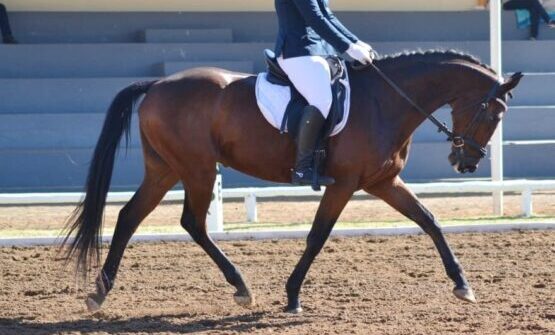
Ride with the Correct Position and Aids
In dressage, the rider’s position and aids play a critical role in achieving harmony and balance with the horse. Correct position and aids allow the rider to communicate effectively with the horse, guiding it through each movement with precision and grace. Here are some tips for achieving the correct position and aids:
Working with a Trainer or Instructor: Working with a qualified dressage trainer or instructor can help you achieve the correct riding position and aids. A trainer can provide you with feedback on your position and give you exercises to improve it. They can also teach you how to use your aids correctly, which is crucial in communicating with your horse.
Focusing on Rider Position and Balance: The rider’s position and balance are critical in dressage. A rider must maintain a stable and balanced position, keeping their weight centered over the horse’s center of gravity. This allows the horse to move freely and maintain balance. Focus on maintaining a straight back, relaxed shoulders, and a stable core.
Understanding the Correct Use of Aids: The correct use of aids is essential in dressage. The aids are the rider’s means of communication with the horse. It’s important to use the aids correctly and with precision. The horse must understand the aids and respond accordingly. Remember that the aids should be used subtly and not excessively.
By working with a trainer or instructor, focusing on rider position and balance, and understanding the correct use of aids, you can improve your communication with your horse and achieve a more harmonious and balanced ride. Remember to be patient with yourself and your horse and to practice regularly to achieve mastery of the correct position and aids.
Communicate with Your Horse
In dressage, effective communication between horse and rider is crucial. The rider must be able to guide the horse through each movement, maintaining balance, rhythm, and harmony. Here are some tips for improving communication with your horse:
Establishing a Clear Connection with Your Horse: Establishing a clear connection allows you as the rider to communicate effectively with your horse, guiding it through each movement with precision and grace. To establish a clear connection, the rider must be aware of the horse’s body language and respond accordingly. Be aware of your horse’s breathing, muscle tension, and overall demeanor, and adjust your communication accordingly.
Listening to Your Horse’s Feedback: Horses communicate through body language, and the rider must be able to understand and respond to this communication. If the horse is tense or uncomfortable, the rider should adjust their communication and work to establish a more relaxed and harmonious connection.
Using Positive Reinforcement to Encourage Your Horse: Positive reinforcement can be a powerful tool in dressage. It encourages the horse to continue performing well and reinforces good behavior. Use positive reinforcement, such as verbal praise, treats, or pats on the neck, to encourage your horse and strengthen the bond between horse and rider.
By establishing a clear connection with your horse, listening to your horse’s feedback, and using positive reinforcement, you can improve your communication with your horse and achieve a more harmonious and balanced ride. Remember to be patient and consistent in your training and to always prioritize the well-being and comfort of your horse.
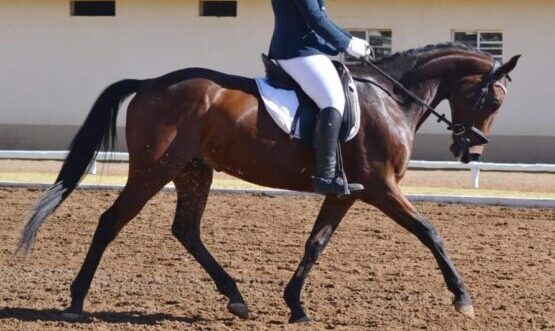
Practice Mindfulness and Relaxation
In dressage, relaxation, and mindfulness are essential for achieving a harmonious and balanced ride. The rider must be able to maintain a calm and focused state of mind, which allows them to communicate effectively with the horse and perform each movement with precision and grace. Here are some tips for practicing mindfulness and relaxation:
Deep Breathing Exercises: Deep breathing exercises can be a powerful tool for achieving relaxation and mindfulness. Before riding, take a few moments to focus on your breath, inhaling deeply and exhaling slowly. This will help to calm your mind and relax your body, allowing you to ride with greater ease and clarity.
Mental Preparation Before Riding: Mental preparation is essential for achieving a focused and relaxed state of mind. Before riding, take a few moments to visualize yourself riding the test successfully. Imagine each movement in detail, and envision yourself communicating with your horse effectively. This mental preparation will help to reduce anxiety and improve your confidence.
Staying Calm and Focused During the Test: During the test, it’s essential to stay calm and focused. Take deep breaths and focus on maintaining a relaxed, upright posture. Stay present in the moment, focusing on each movement and communicating effectively with your horse. Remember that mistakes happen, and it’s essential to stay calm and focused, even if something goes wrong.
By practicing mindfulness and relaxation, you can achieve a more harmonious and balanced ride, communicating effectively with your horse and performing each movement with precision and grace. Remember to prioritize your mental and physical well-being, and always aim to ride with confidence and grace.
In Conclusion
Mastering your dressage test is essential for achieving success in dressage competitions. By preparing ahead of time, focusing on accuracy, riding with the correct position and aids, communicating effectively with your horse, and practicing mindfulness and relaxation, you can achieve a more harmonious and balanced ride. Remember to prioritize your physical and mental well-being, and always aim to ride with confidence and grace.
Mastering your dressage test takes time and effort, but the rewards are well worth it. By using the tips and tricks outlined in this post, you can improve your riding skills and achieve success in dressage tests. Good luck, and happy riding!
Further reading
How to Ride the (Nearly) Perfect Dressage TestFor a start, you must be on the center line, not a foot either side of it! You must also ride your horse straight and not allow him to drift or wander off-line.
What Is Dressage And How Do You Get StartedWhen riding a dressage test the horse and rider are judged on how they perform a series of movements that are in accordance with the level they are …

